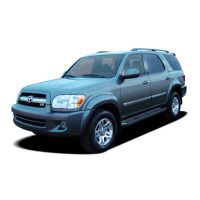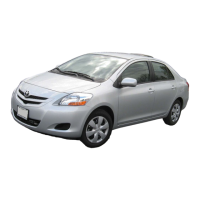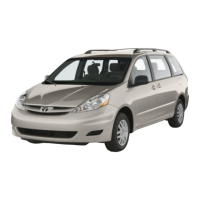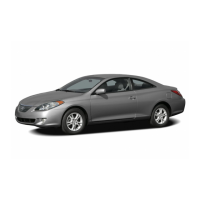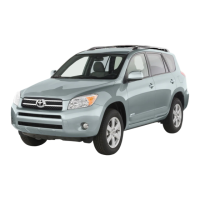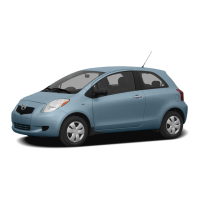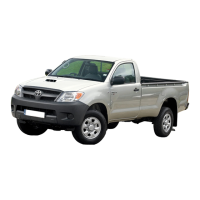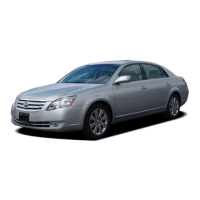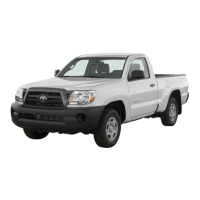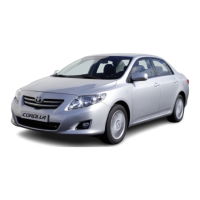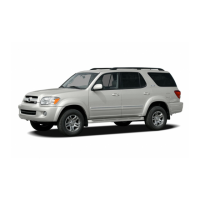
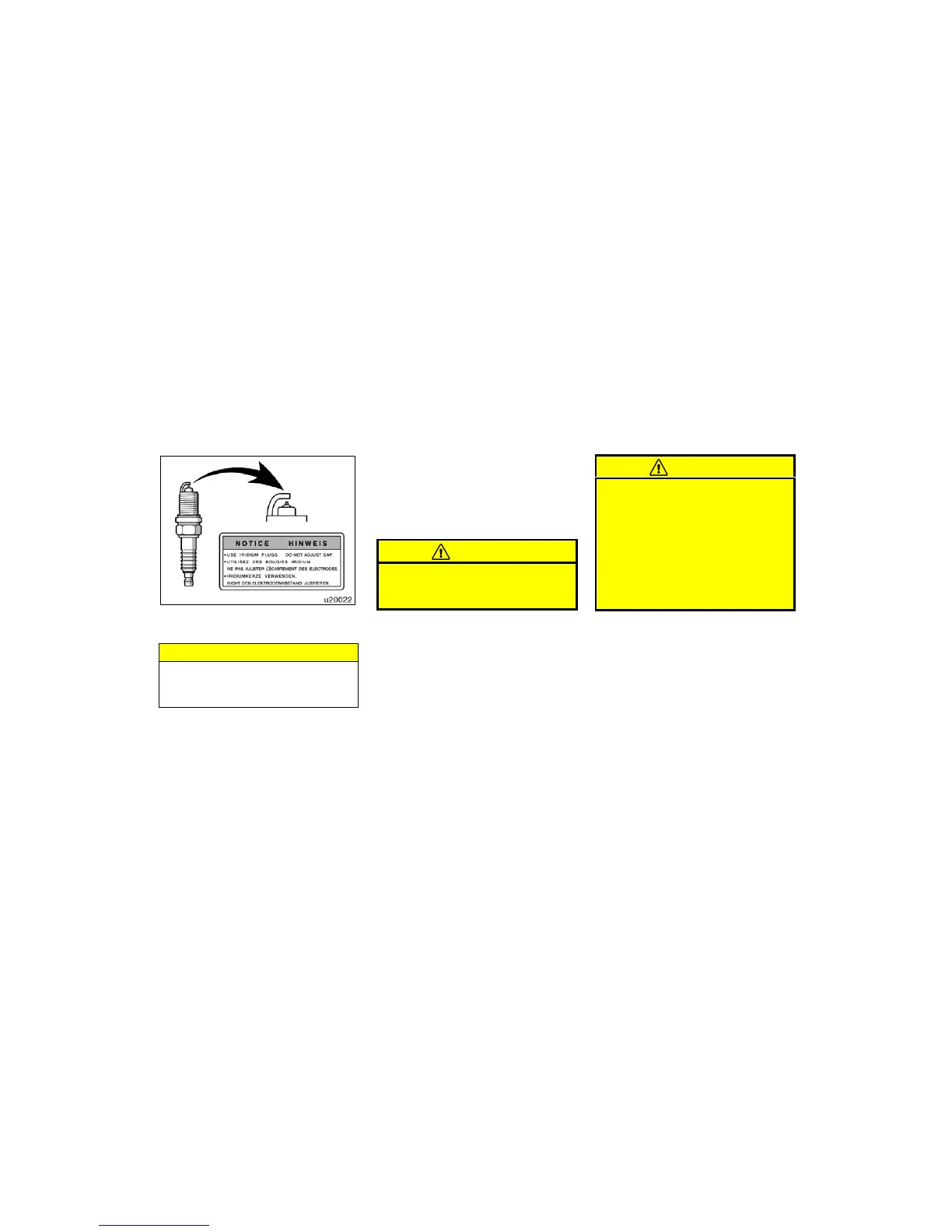 Loading...
Loading...
Do you have a question about the Toyota 2007 Sequoia and is the answer not in the manual?
| Brand | Toyota |
|---|---|
| Model | 2007 Sequoia |
| Category | Automobile |
| Language | English |
Explains safety and vehicle damage warning types, their appearance, and usage in the manual.
Provides an overview of the vehicle's instruments and controls, including panel and cluster layouts.
Explains the importance and function of occupant restraint systems including seats, seat belts, and airbags.
Provides crucial safety precautions for the driver's seat and airbag deployment zone.
Highlights safety precautions for rear seat usage, including occupant restraint and folding seats.
Provides crucial safety guidelines for wearing seat belts, including child restraints and pregnant women.
Details safety precautions for child restraint systems, including airbag interactions and proper usage.
Covers operation of the ignition switch, automatic transmission, and parking brake systems.
Explains the operation of front drive controls like 2WD, 4HI, 4LO modes and center differential lock.
Details automatic control modes for vehicle height, including HI, N, and LO settings.
Provides essential information and precautions before operating the vehicle.
Outlines basic checks to perform if the vehicle's engine will not start.
Provides instructions for starting an engine that may be flooded.
